Freestanding devotional figure depicting a bearded man standing with one knee raised to support a tablet on which he is writing. Beneath his left leg, a bull looks towards him, lying on the ground. The garment reveals the gold background that forms the stew. Saint Luke is often depicted as a middle-aged, bearded man, accompanied by the tetramorphic animal with which he is associated (Revelation 4:6-7), an element that is also due to a verse in the Book of Ezekiel (1:10). The act of writing alludes to the authorship of one of the Gospels, although the Acts of the Apostles are also attributed to him. The image belonged to an altarpiece, hence the barely worked and polychrome back, and it was placed alone or as part of a scene such as a Last Judgment. From a stylistic point of view, the tapestry of the image and its design are details that remain from the Gothic tradition. However, the correct anatomy of the figure, the contained movement conveyed by the draperies and its posture, as well as the naturalism and expression of its face link the work to the Renaissance. In Spain, this artistic style was introduced during the 16th century, with great differences depending on the region and the artist. After a first stage in which strong medieval influences were still present, the second third of the century saw the introduction of Mannerism by artists who traveled to Italy and returned with new works. It is with this second stage that the sculpture is closest, without forgetting the medieval details that it still preserves and the restraint of its movement and expressiveness. Compare, for example, with the works of Alonso de Berruguete and Juan de Juni, the evangelists Saint Luke and Saint Mark from the church of Santa Eulalia de Ganuza, now in the Diocesan Museum of Pamplona. Requires cleaning and restoration of the polychromy. -
Size: 16x7x36 cms


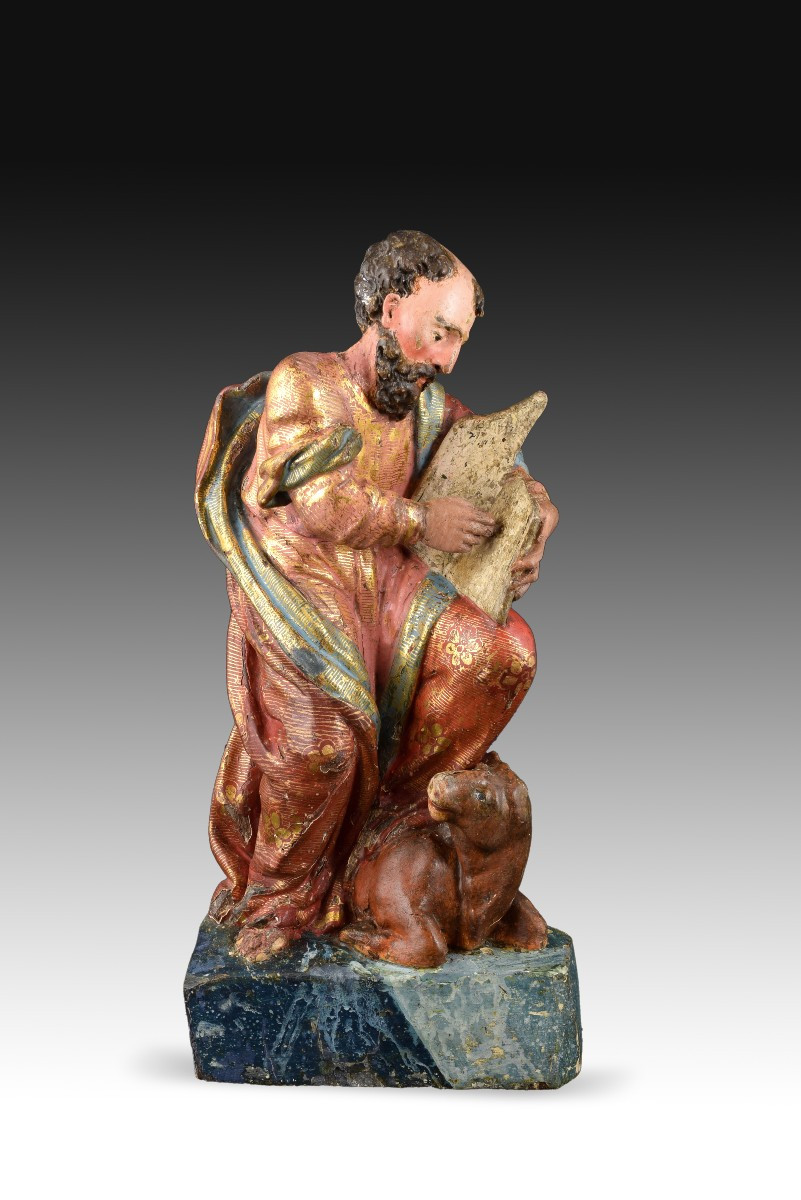



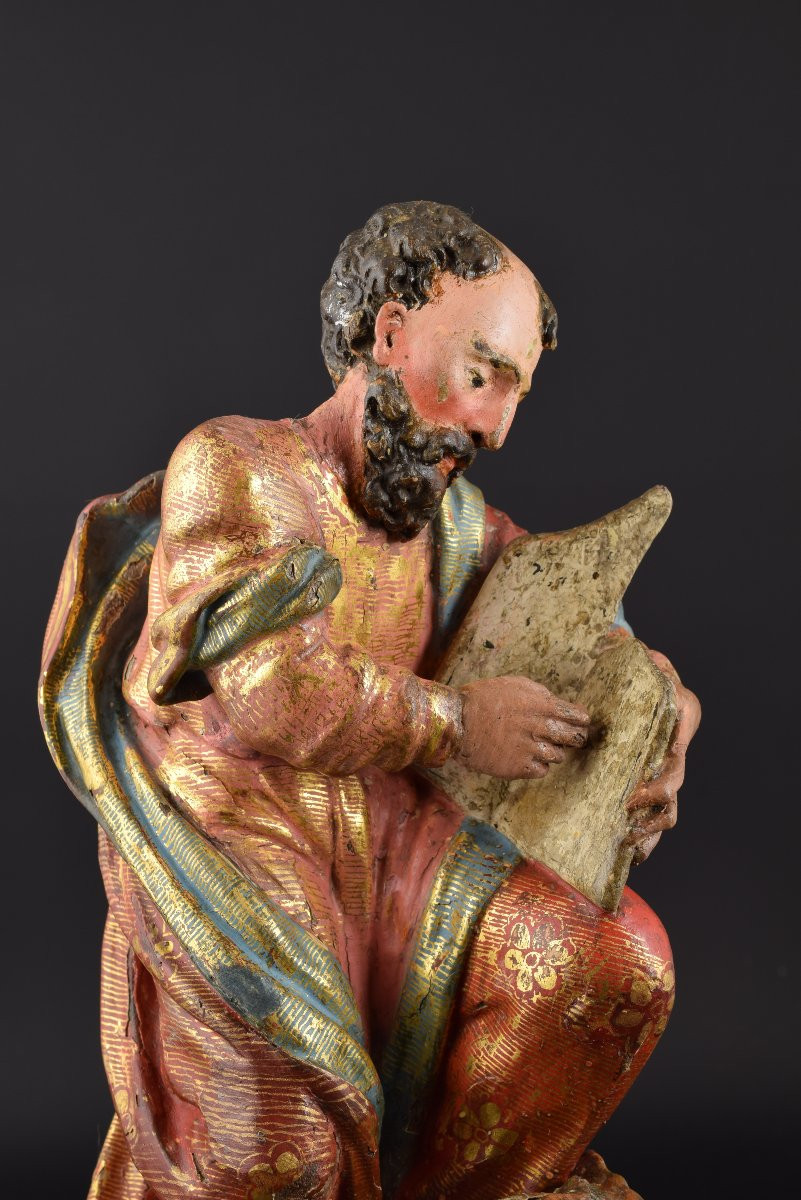

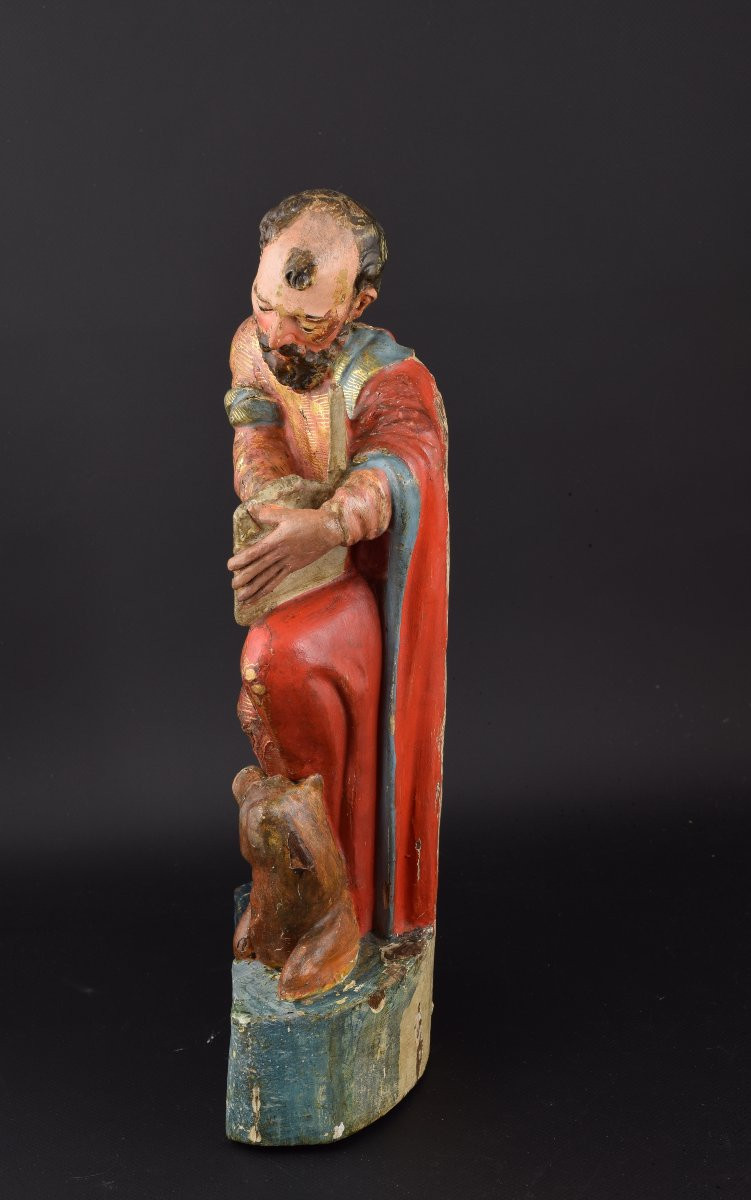
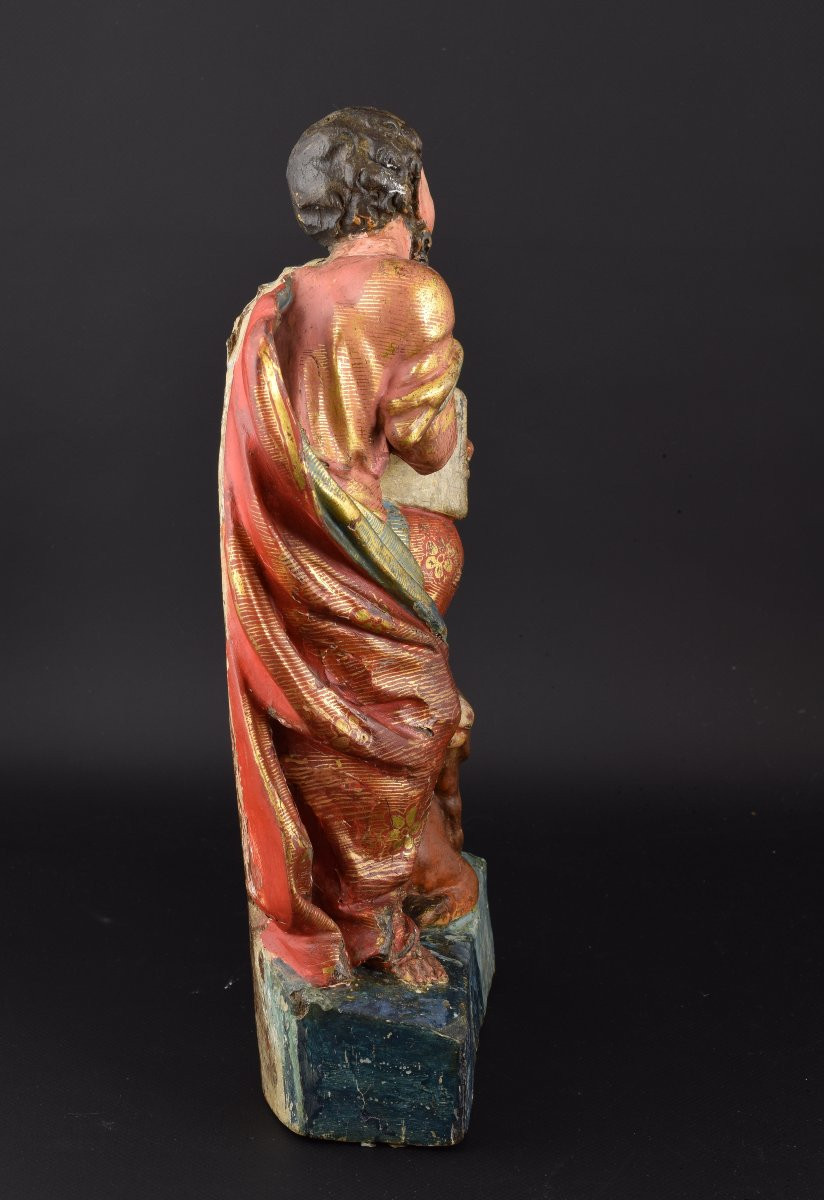


























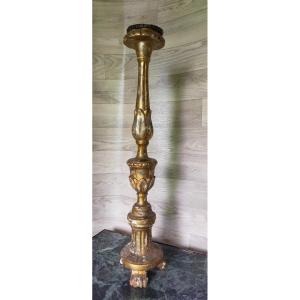





 Le Magazine de PROANTIC
Le Magazine de PROANTIC TRÉSORS Magazine
TRÉSORS Magazine Rivista Artiquariato
Rivista Artiquariato